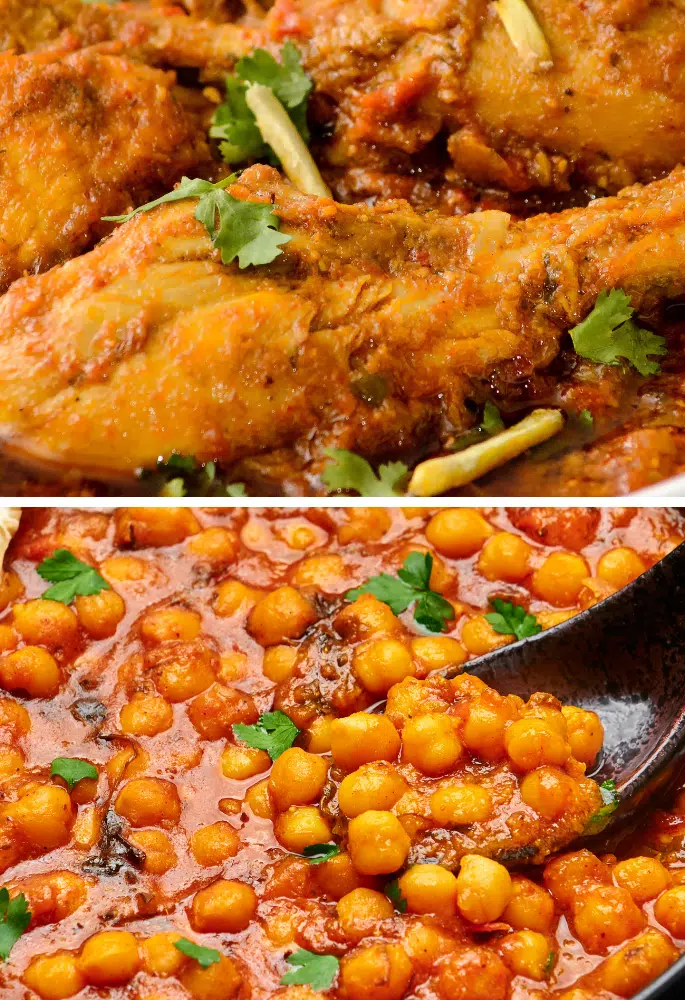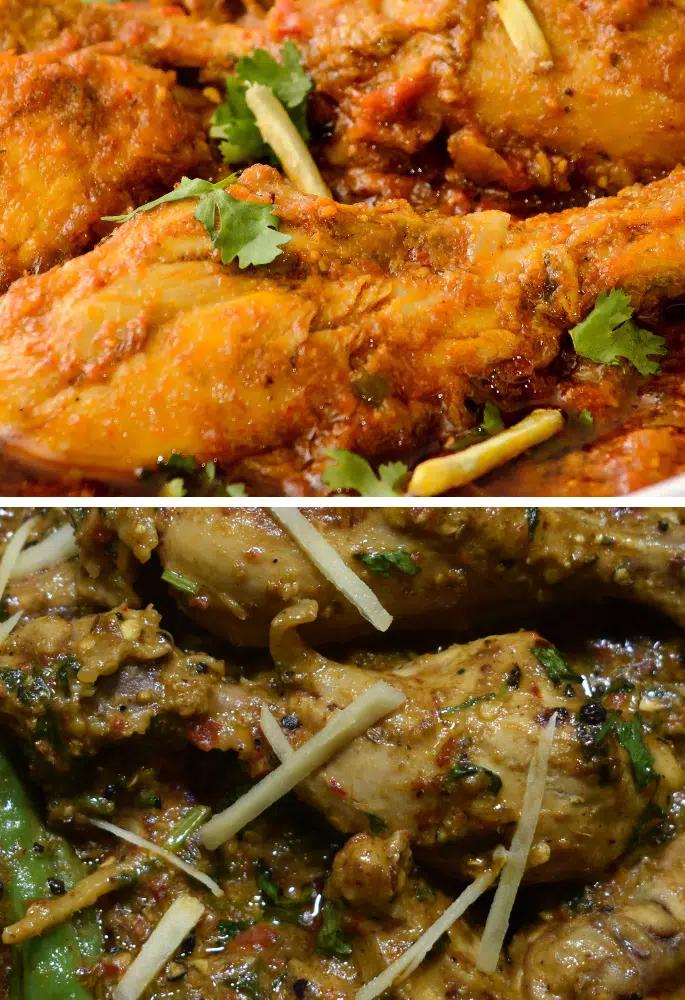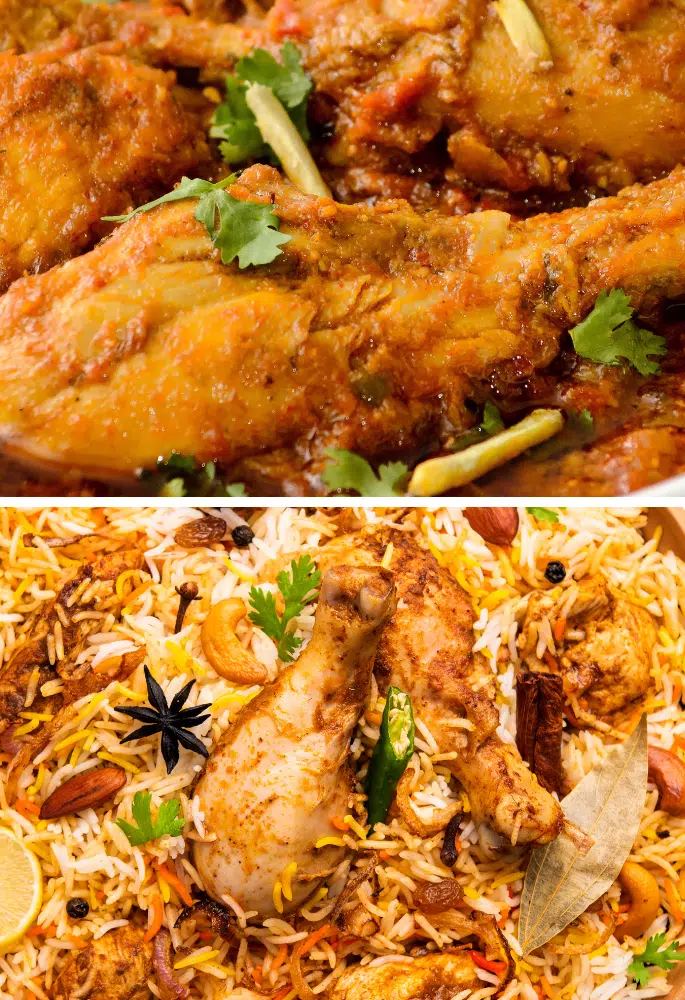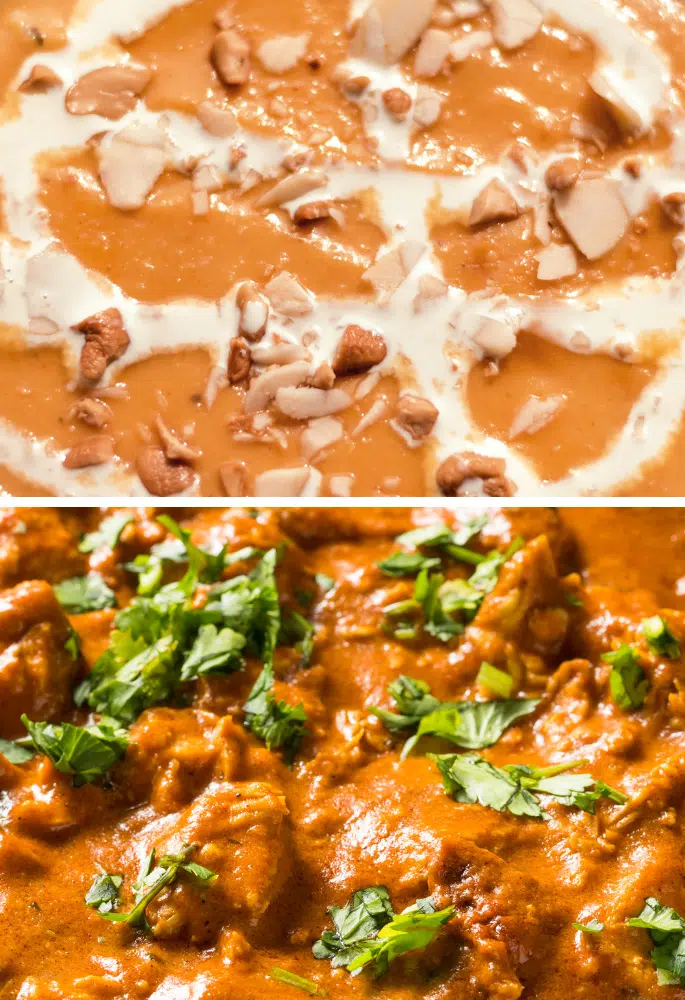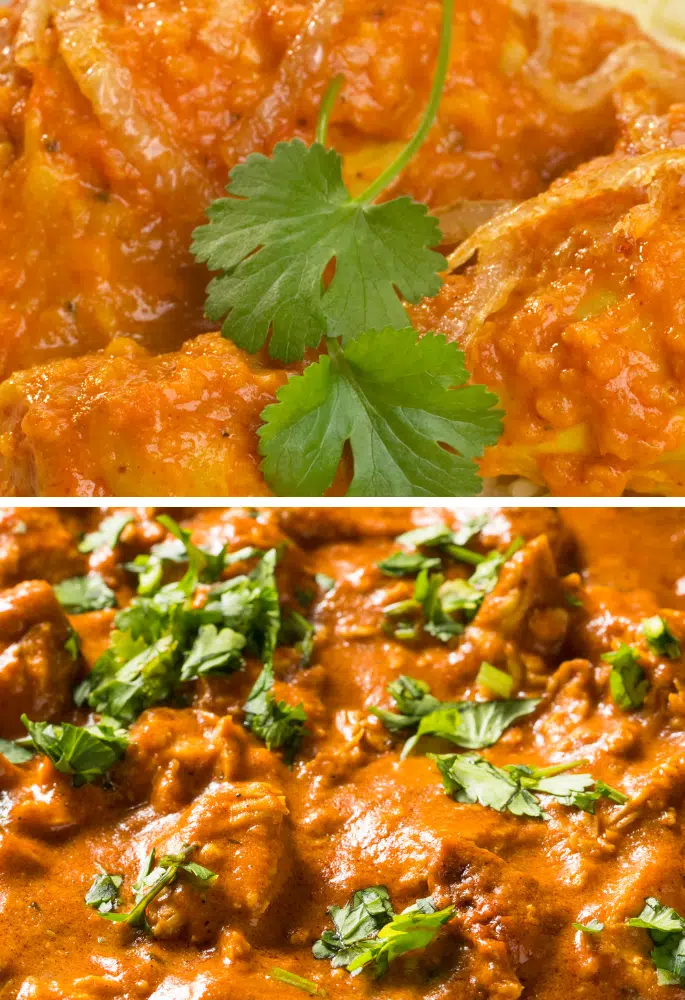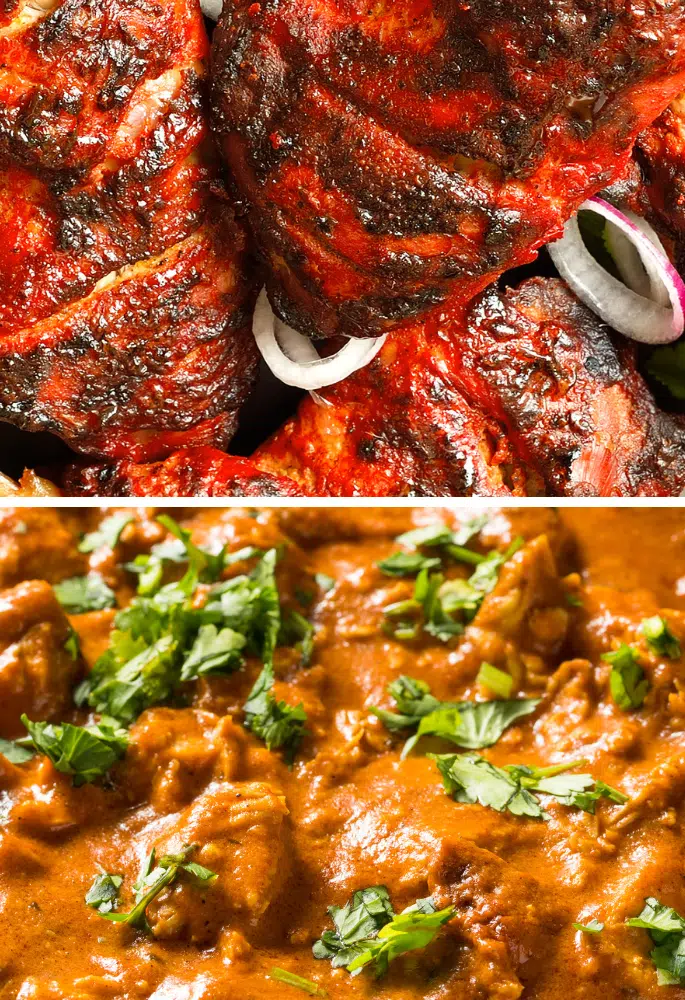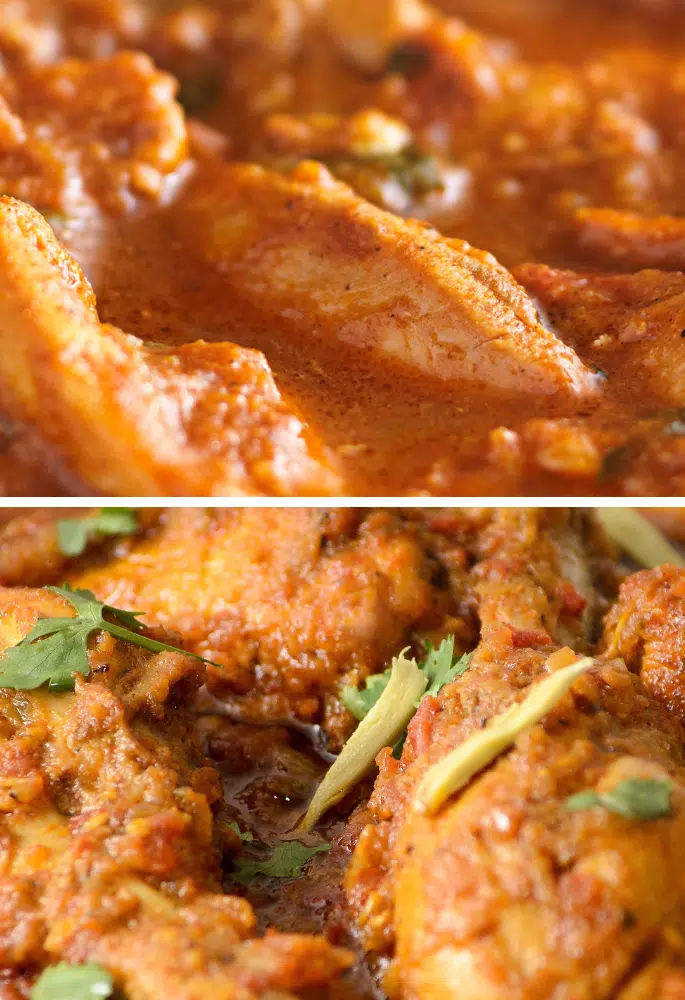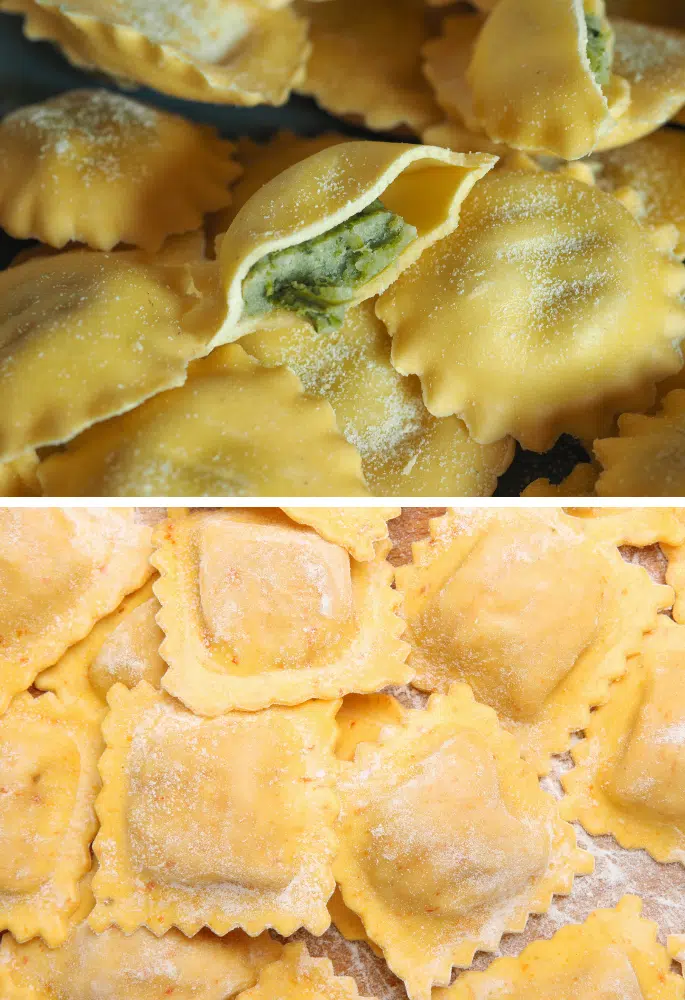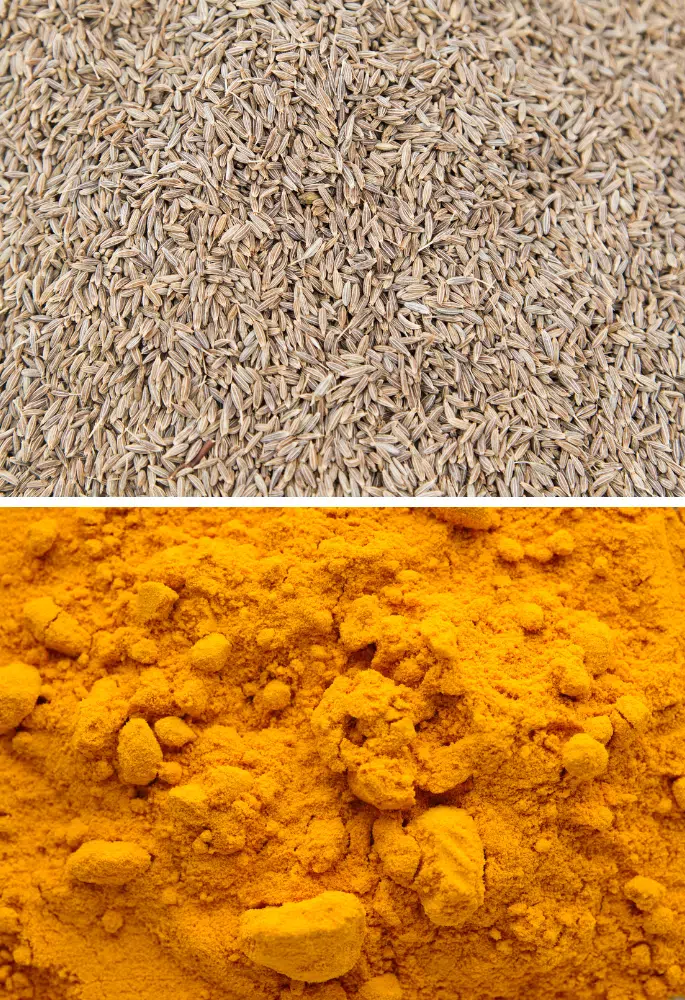Bok choy is part of the cabbage family but has still not reached the same popularity in the west as cabbage. In Chinese cuisine, bok choy has been a staple ingredient for thousands of years, helping to add both freshness and a hint of peppery spice to a range of dishes.
There are two parts to a bok choy – the white crunchy stem and the soft green leaves. Both parts are edible and taste like slightly more spicy cabbage. As it is harder to find in the supermarkets, bok choy is one of those vegetables you need to start freezing.
To freeze bok choy, chop it up as you normally would and then pack it into a freezer-safe bag before sealing it up and freezing it for around 12 months.
How to Freeze Bok Choy
Due to its recent popularity, not many people are familiar with bok choy or how to prepare it, much less how to freeze it.
Its cabbage-like characteristics lead some to believe that you can simply freeze bok choy like a cabbage, but that is not true and could lead to a squishy, mushy and watery dinner later when you are ready to defrost your bok choy.
Instead, it would be best if you skipped what would otherwise be crucial steps for other vegetables when freezing bok choy to ensure that it does not lose its texture or taste. Here is how:
- Chop Up
Prep the bok choy as you would when cooking it by chopping up the stem and leaves of the vegetable together.

- Fill A Container
Use an airtight storage container or freezer bag and fill it with your bok choy, leaving enough room to prevent squishing the softer leaves. - Remove The Air
The key to great frozen bok choy is removing as much air as possible from your freezer bag or container. Push all of the air out of the freezer bag before sealing it tightly. Or properly secure all sides of your air-tight container before freezing. - Seal and Secure
Double-check that your storage method of choice is thoroughly shut and will not allow the cold air of the freezer to touch the bok choy directly. If your bag or container is faulty, cover it in a plastic bag for extra protection. - Label
Bok choy looks like a lot of other vegetables when it is frozen, so use a permanent marker to note down on the freezer bag or storage container what its contents are. - Date
You should also add to the label the use-by date for the bok choy. The vegetable can be frozen for up to 12 months before it loses its flavour. - Freeze
Finally, all that’s left to do is place the bok choy directly into your freezer and let the cold work its magic.
Frozen bok choy can be added directly to your hot meal as it is cooking without needing time to defrost. However, if you want to enjoy the bok choy raw, then you will need to allow the vegetable to defrost in a bowl of water for a few hours before using it.
How to Freeze Bok Choy Successfully
Bok choy is very much like other green vegetables in the sense that it can very quickly turn mushy if frozen.
That is why most people only buy the amount of bok choy they know they will use to avoid such a disaster. But we have some tips to stop your bok choy from getting a yucky texture:
- Avoid Blanching – With most vegetables, you should blanch them to ensure that their texture, flavour, and colour remain the same once they thaw. But because of the soft texture of the bok choy’s leaves, blanching the vegetable before freezing will result in a mushy mess once defrosted.
- Don’t Wash With Water – Like with the blanching, washing your bok choy before freezing is likely to result in excess water on the vegetable and turn it very mushy. Use a damp paper towel to wipe down the bok choy leaves and stem, then leave it to dry thoroughly before prepping the vegetable to freeze.
- Cut The Stems Smaller – You can throw your frozen bok choy directly into your hot dinner to cook straight from the freezer, but as the stem of the bok choy is tougher than the leaves, it will take longer to cook properly. To prevent time-managing the separate parts of the same vegetable, chop the stem of the bok choy into smaller pieces before freezing it with the cut-up leaves.
- Separate The Bok Choy – Alternativity, if you prefer to utilize the different characteristics of the bok choy’s stem and leaves, you can freeze the two separately. Follow the instructions above as usual but chop the stems and leaves separably and store them in separate containers or bags. Make sure to note this separation on the label.
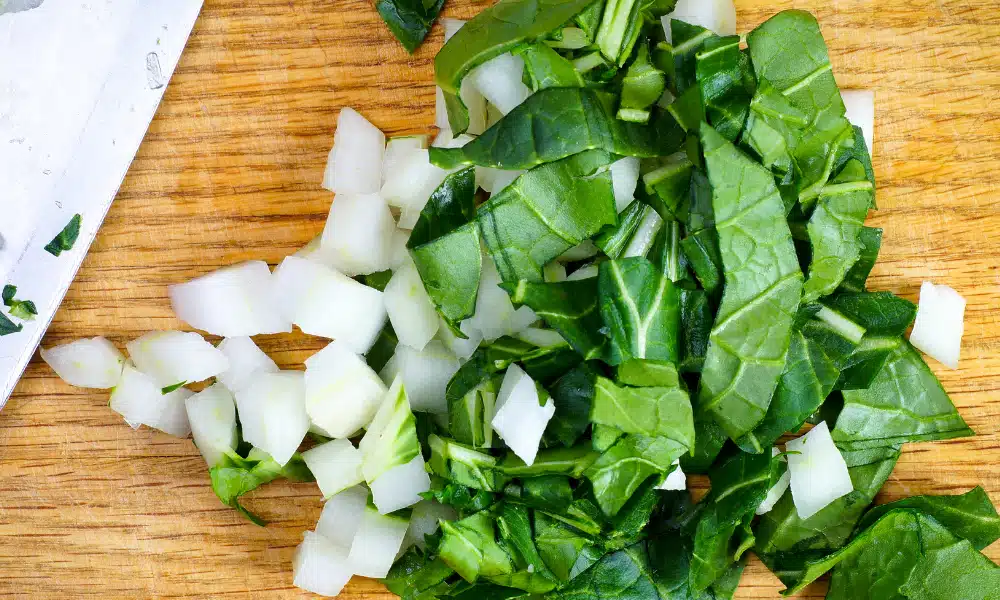
Does Bok Choy Freeze Well?
So long as you don’t try treating bok choy like other vegetables, then it is very easy to freeze well. You do not need to blanch or cook the bok choy – simply chop it up and put it in the freezer.
If you do try to freeze cooked or even quickly blanched bok choy then it will freeze terribly, turning soggy and mushy as soon as it is defrosted, especially the vegetable’s soft leaves.
Freezing Bok Choy FAQs
Do you still have a question or two about freezing bok choy? Then these might come in handy:
Yes! In fact, it’s a good idea to freeze bok choy without blanching it. Even those you normally blanch vegetables, doing so with bok choy can cause it to become overcooked and mushy.
We would avoid freezing cooked bok choy. When you freeze and then thaw cooked boy choy, it will have a slimy, mushy texture which becomes quickly unpalatable.
Acacia may be a freelance writer by day, but they are a food fanatic by night. They are always trying out new recipes or finding different ways to elevate classical dishes. But their biggest culinary aim is to educate others on the basics of the kitchen so that they too can enjoy delicious food.


